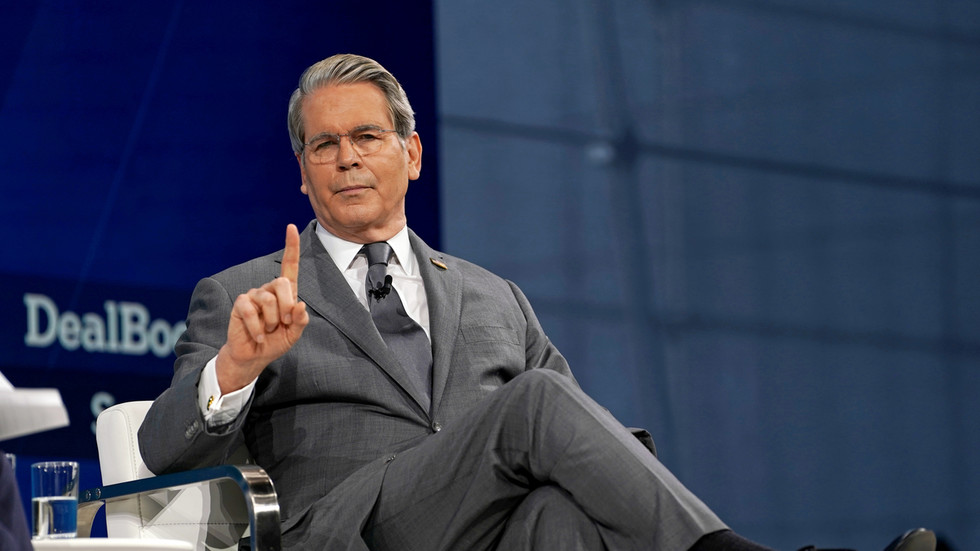The Amazon Prime logo on a package in Manhattan, New York City, on Sept. 16, 2023.
Michael Kappeler | Picture Alliance | Getty Images
Tariffs imposed by the Trump administration have given the country's retailers another cost to manage during a period of persistent inflation.
While many are navigating the change with limited price increases, marketplace giant Amazon is hiking more than others.
Price increases are common for retailers trying to blunt higher costs from tariffs. Companies including Walmart and Target have said they are employing a portfolio approach to pricing following the tariff hikes, meaning they have raised prices on some items but not others.
But the companies rarely detail how much they're increasing prices or on what items.
Amazon prices have risen 12.8% this year on average as of the end of September, according to an analysis of online pricing data from third-party research firm DataWeave. Prices at Target were up 5.5% since the start of the year, and prices at Walmart were 5.3% higher, according to the analysis.
DataWeave reviewed roughly 16,000 items each on Amazon's, Walmart's and Target's websites to conduct its analysis. The firm says it continuously collects publicly available data and captures live product and pricing information. Its data spans categories, locations and time periods, according to DataWeave's methodology.
While each of the three retailers increased prices throughout the year, the sharpest increase came from Amazon between January and February, when prices on the surveyed SKUs — a retail industry term meaning stock keeping units — rose 3.7%, according to DataWeave's analysis.
That jump actually came ahead of the majority of President Donald Trump's tariffs, announced in April, and could be the result of price normalization and a pullback in discounts after the 2024 holiday selling season, DataWeave found. However, Target and Walmart increased prices by an average of 0.97% and 0.85%, respectively, during the same time frame.
DataWeave's pricing analysis compares each retailer to its own prices over time and not to competitors — and to be sure, lower initial prices could show a higher percentage increase — but there is a common trend.
"Together, these trends show a clear hierarchy: Prices rose fastest where consumers shop by choice, not necessity, and most cautiously where they shop by need," Karthik Bettadapura, co-founder and CEO of DataWeave, said in a statement.
Apparel prices, for example, rose 11.5% on average between January and the end of September at Amazon, Target and Walmart. Indoor and outdoor home goods prices climbed an average of 10.8% across the three retailers. Prices for pet goods and consumable products increased by an average of 6.1%, and health and beauty items saw prices jump 7% on average. Prices for hardlines, a category that tends to include goods like electronics, furniture and appliances, rose 8.3%.
At Amazon, however, prices for those same categories rose more on average than at Target or Walmart.
Apparel prices increased 14.2%, indoor and outdoor home goods prices rose 15.3%, pets and consumables prices rose 11.3%, health and beauty prices rose 13.2%, and hardlines category prices rose 11.9%.
Guru Hariharan, founder and CEO of AI-driven e-commerce data platform CommerceIQ, told CNBC he's not surprised to see larger price increases on the marketplace leader.
"Third-party sellers are far more exposed to tariff-driven cost increases," Hariharan said. "They don't have the scale, inventory flexibility or private-label leverage that large retailers like Walmart or Target can use to offset costs."
As a result, marketplace sellers often have no choice but to pass higher costs onto the shopper, he said.
While Target and Walmart also have online marketplaces, third-party sales make up a much smaller percentage of their revenue than Amazon's, according to executives and earnings reports.
Many economists say the full impact of tariffs has yet to be felt throughout the economy as retailers work through inventory that came into the country at lower tariff levels.
"If we consider Amazon as the bellwether for U.S. commodity goods pricing, this trend is obviously expected to have a significant impact to the holiday season and economy in Q4," Hariharan said.
Amazon's shoppers don't appear to be fazed by the pricing. The company said its online store sales grew 10% in the third quarter compared to the same period last year. Third-party seller services — the revenue Amazon collects on third-party sales, including commission, fulfillment, shipping and advertising fees — increased 12% over that same time.
During the company's third-quarter earnings call, Amazon CEO Andy Jassy said, "We remain committed to staying sharp on price and meeting or beating prices of other major retailers."
The company's Chief Financial Officer Brian Olsavsky added, "Our sharp pricing, broad selection and fast delivery speeds continue to resonate with customers."
In response to the DataWeave price analysis, an Amazon spokesperson told CNBC, "The reality is that we offer competitive, low prices for Amazon customers and, based on our comprehensive analysis of millions of popular products customers are purchasing, we have not seen increases in price outside of normal fluctuations."
Investors and shoppers will get their latest insights into how the largest U.S. retailers are handling pricing when Target and Walmart report their third-quarter results in mid-November.
Target has said on several occasions this year it would raise prices "as a last resort" as it combats rising costs. A company spokesperson, in response to the DataWeave findings, pointed CNBC to the example of holding prices on back-to-school items like crayons, notebooks and folders steady from 2024 to 2025.
Walmart told CNBC, "We will do everything we can to keep prices as low as possible for as long as possible." The company noted it has permanently lowered prices on 2,000 items since February – as opposed to its temporary cuts known as Rollbacks.
In early September, Walmart CEO Doug McMillon said tariffs have created cost hikes for the company.
"We've seen a steady march up, kind of a gradual increase as it relates to our cost levels in general merchandise, which has created the single-digit inflation that we find ourselves dealing with now," McMillon said at the Goldman Sachs global retailing conference.
The Federal Reserve estimates tariffs are contributing five-tenths or six-tenths to the core personal consumption expenditures price index, the central bank's preferred measure of inflation, Fed Chairman Jerome Powell said last week. Excluding tariffs, Powell said core PCE could be in the 2.3% to 2.4% range, rather than the 2.9% that was recorded in August.
The widely watched consumer price index, a broader measure of inflation, showed a 3% increase year over year for September. Direct CPI comparisons for the categories in DataWeave's study are difficult to pinpoint, but prices for household furnishings rose 3.7% from January through September of this year. Personal care items increased 3.5% over the same period, and apparel prices were up 2.1%, according to CPI data.
— CNBC's Nick Wells and Jodi Gralnick contributed to this report.











 English (US) ·
English (US) ·